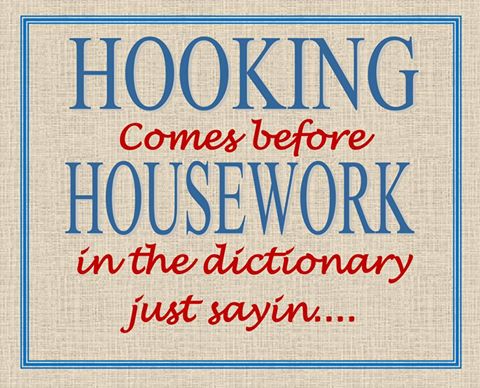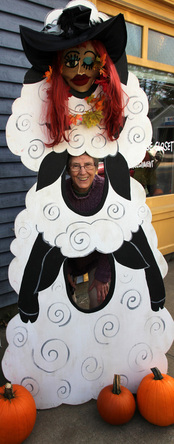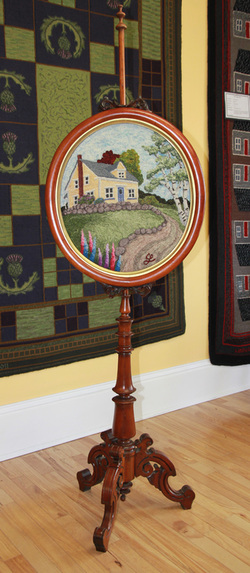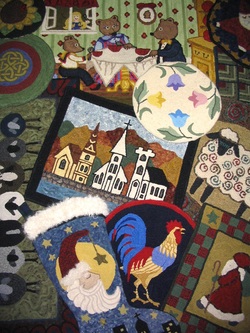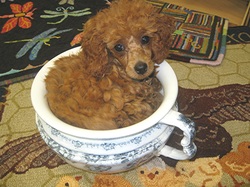Why I let the paperwork go all year and then panic at the last minute I don’t know. A flaw in my character no doubt…. I’m always pushing the envelope or skirting the edge of danger in one aspect or another. Some say I like stress but I beg to differ. I think it’s just a trait I picked up in childhood and can’t seem to shake.
2013 will be different. Even though I'm fully acquainted with the ins and outs of accounting my procrastination skills outshine my pencil pushing so I’m training my son to take over the task. He wants to know all aspects of the business so I’ll pass the bookkeeping torch readily. Class for "Small Business Accounting 101" is now in session!
So, now it’s back to the daily grind. No more stress or deadlines to be anywhere or do anything other than concentrating on orders and making stock for the shop to prepare for an anticipated busy summer. Once again my nights are free so I'm back at the computer to tickle the keys and coax out a story or two.
Lately I’ve been looking through a bunch of old photographs taken at rug schools, hook-ins and retreats. I must say, I was shocked to see my former self in the pictures. A few years ago I was cruising close to 200 lbs. The pictures really hit home how I used to look before the 30 plus pound drop. A bit of cutting out this and that and jumping on the trampoline have managed to keep it off for three years now. I'm happy with the progress I've made and I feel much better but I do need to drop another 20 to be at my optimum weight for my height. Still, it was a shock to see the round face staring back at me, and that long hair....what was I thinking?
Back in the day when I first opened the shop door I toyed with becoming an accredited Guild Rug Hooking teacher. I knew the dye class was a prerequisite and felt it would be best to get that under my belt before I’d been dyeing for a decade and was knowledgeable enough to teach the class myself. So Mary Doig, Susan Leslie and I enrolled in the May 2002 rug school in Truro, NS with teacher Barbie Baker-Dykens for the Dye and ColourTheory class.
Because I had previously dabbled in oiled painting and came with a knowledge of mixing colour and understood the various processes of wool dyeing though practicing the different techniques numerous times, I completed my assignments quickly and spent most of the day being bored. We weren't allowed to leave the classroom until everyone finished their tasks and at times that meant well into the evening. I didn't take any hooking so I did a lot of thumb twiddling, tried to avoid getting into trouble or disturbing the others and did a lot of yawning. Of course there are always things to learn and that was great but it wasn't enough to hold me riveted to my chair. I took a lot of pee breaks even though my bladder could have been written up in medical journals as the amazing titanium cavity that it is, but it served as a reasonable excuse to stretch my legs, get a bit of fresh air and nosy about the other classrooms, peek in the doors and envy the students getting to hook for the week.
To be fair, I would like to add that Barbie Baker-Dykens was a good teacher with a room full of visual aids and insight into the various dyeing processes and had an extensive knowledge of colour theory. For the complete novice she captured their attention and imagination to mold them into dyeing enthusiasts.
Barbie told me the below photo was a first for her class. Trying to stave off the doldrums and come up with something different I had plenty of time to create an original idea of dyeing wool to look like woven plaid. I guess I was showing off a bit while needing something to stimulate and keep my mind from going as soggy as the wool soaking in buckets on the floor. After dyeing hundreds of yards of wool for the shop, maybe even thousands, I was only there to grab the certificate and hit the road jack! I was probably an obnoxious pain in the arse for her, sorry Barbie!
I painted the colours on the wet wool with a foam brush following a uniform pattern, overlapping the various colours to show as plaid. Customers had told me numerous times that they wished plaids could be cut into smaller strips such as a #3, but because of the weave, usually a basket or herringbone, they had to be cut wider or they fray badly. Hooked plaid adds texture as well as colour to a pattern and spot dyed wools were the only way to achieve that look. I won't be hanging a shingle out and mass producing this technique because it was laborious and not an exact science, but it was incredibly fun to play around with. Phone a friend and give it a try at home!
To be expected, there was a bit of bleeding as the colours seeped out around the painted lines but that only added to the appearance. I had produced two pieces and at one point I cut up the smaller of the two and put it in my scrap basket. I knew the larger piece of wool was still tucked away somewhere but I couldn't locate it for the story. But then when Sue, Glenna and Charlene came by to visit for the hook-in/hangout on Saturday, I mentioned I was planning to sell off my stash that's been stored in the bathroom. I don't hook enough to warrant holding on to two shelves full of wool just on good intentions or because I loved the colour or softness. Wool needs to be loved and used, not hoarded selfishly. And....there will always be more....
The two shelves that housed it all will go in the new space we are currently working on. The mudding is done and Shane primed the walls and ceiling this past weekend. As for wool, when I need to hook the big one, I'll raid the "Great Wall of Wool" in the shop...ownership should have some perks right?
So, there was a mad dash for the bathroom and we are all crowded in there drooling....except for me as I was tearing up to see my precious wool get ripped from the shelves....my little babies that I'd been coveting for years. Parting is such sweet sorrow!
So we were digging around in the piles when I spied a small piece of the painted plaid peeking out at me. A strange coincidence finding it just as it's needed for this story, but the horseshoe never seems to far away.
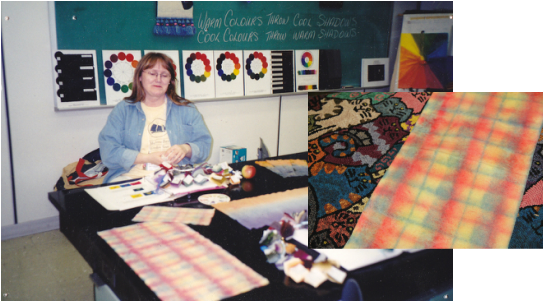
Wool Fabric Types
Beaver cloth is a heavy woolen overcoating, napped and pressed down to resemble beaver fur.
Botany/Merino wool is a fine wool fabric made from worsted wool yarn.
Broadcloth is an all woolen or worsted fabric with a velvety feel.
Challis, a light weight soft wool fabric in plain weave, has a printed or woven design or flowers.
Cheviot, usually Scotch wool is a soft, fine wool that is heavier than serge.
Chinchilla cloth is a heavy, spongy woolen overcoat fabric with a long nap that has been rubbed into a curly, nubby finish.
Donegal was originally a thick and warm homespun or tweed woven by Irish peasants in Donegal, Ireland. Donegal now describes the wool tweed that has colorful thick slubs woven into the fabric.
Felt fabric is a compact sheet of entangled, not woven wool or fur fibers. The felt is produced by processing a mat of fibers with moisture, heat, and pressure.
Flannel wool is a soft, lightweight fabric with a nap on one or both sides.
Gabardine is a tightly woven wool twill with a high sheen. This fabric is excellent for tailoring and wears well.
Glen checks are usually seen in menswear and originated in Scotland. It is characterized by a variety of small, even check designs.
Harris tweed is a hand woven fabric from Scotland with a soft feel.
Heather Mixture describes tweeds and homespun’s that have colors of heather and sand of the Scottish heather fields.
Herringbone wool is woven in a twill that is reversed at regular spacing, creating a sawtooth line.
Homespun is a loose, strong, durable woolen woven either by hand or machine with a coarse feel.
Houndstooth check has a four pointed star check in a broken twill weave.
Jersey is a knit fabric that is usually knit in fine wool but can also be found in silk, and man-made fibers.
Laine is French for “wool”.
Lambsdown is a heavy knit fabric that has a spongy fleeced nap on one side.
Loden fabric is a thick, soft, waterproof, windproof, wool used in outerwear that has a characteristic green color.
Mackinaw fabric is a heavy double fabric in striking colored patterns.
Melton, a heavy, thick, short napped woven fabric that has been fulled.
Merino wool is soft and luxurious, resembling cashmere. This term is also used to describe the finest wools.
Oatmeal Cloth is a durable, soft wool with a pebbled face.
Panama Cloth, a plain woven worsted wool, sometimes resembling the texture of Panama hat.
Petersham, a very thick, waterproof woolen coating, usually dark blue, is used for men’s trousers or heavy coats.
Pilot Cloth is a coarse, heavy, stout twilled woolen that is heavily napped and navy blue. Used by seamen.
Poodle Cloth is made with a boucle yarn and resembles the Poodle dog.
Rabbit Hair is used in woven wool’s as a substitute for vicuna to give a soft effect in the fabric.
Sharkskin is woven with warp and filling yarns of alternating white with black, brown or blue.
Tartan is a twilled plaid design, originally Scottish.
Tweed is a rough textured wool, originally homespun and slightly felted. This fabric is sturdy with a mottled color.
Worsted is made up of short pieces woven together, 3” or 4” long,
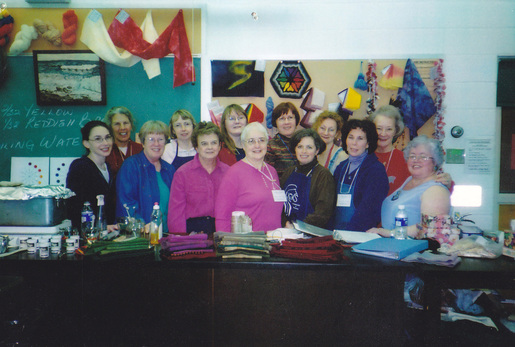
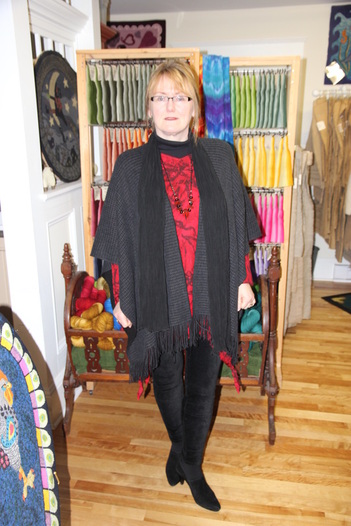
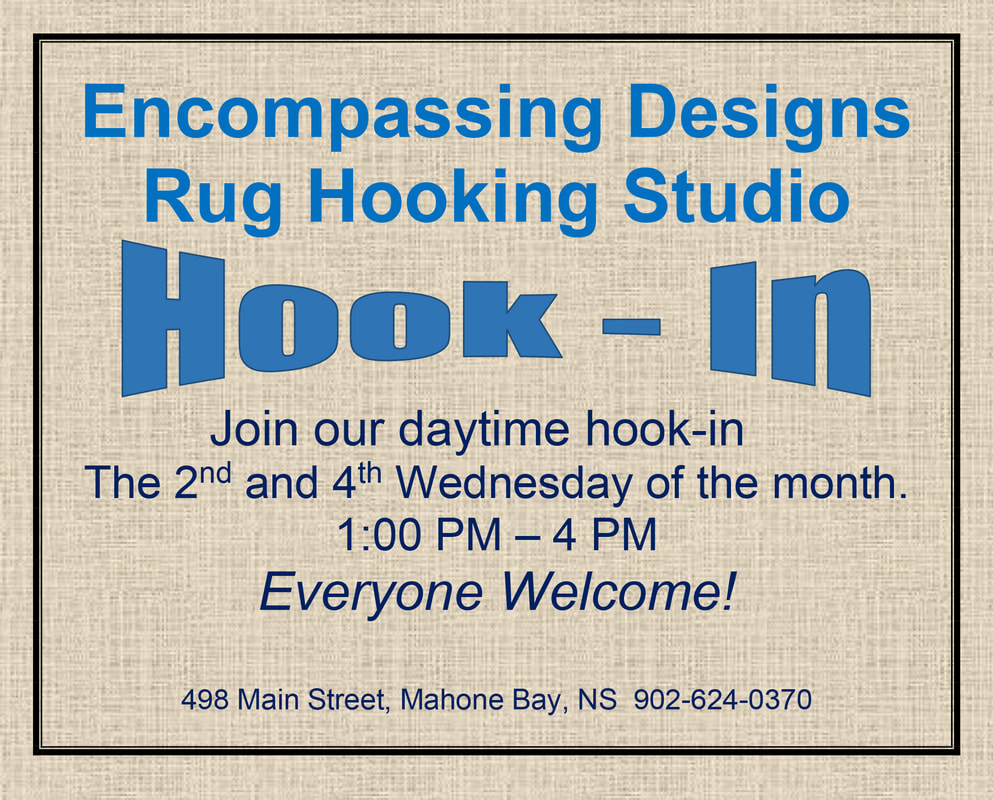

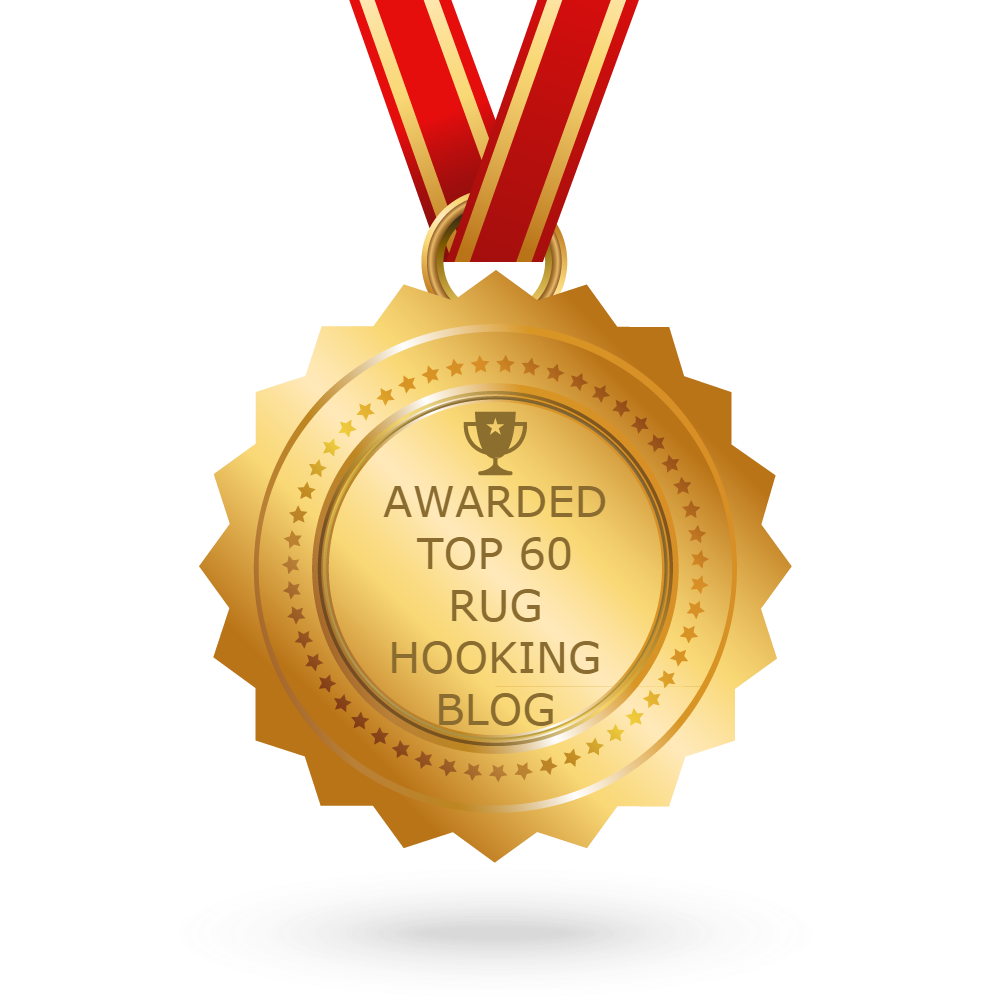
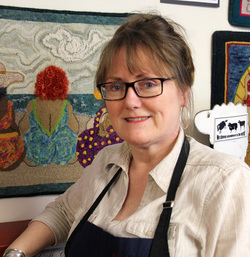
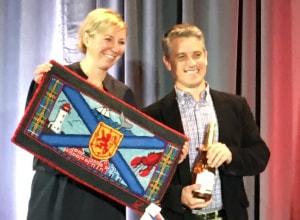

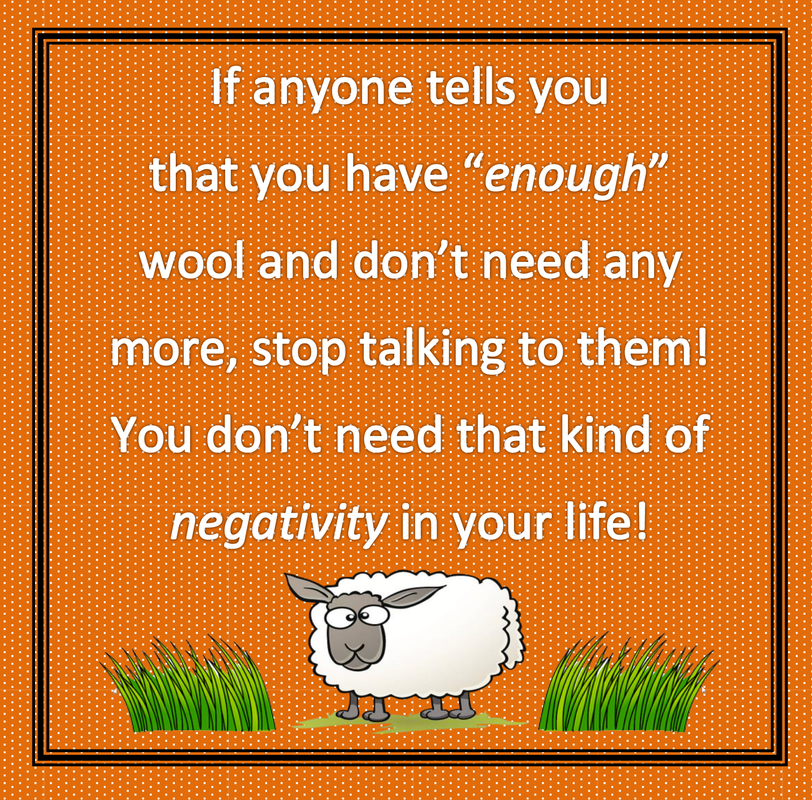
 RSS Feed
RSS Feed
